New York City’s Metropolitan Transportation Authority (MTA) suffered a staggering loss of $690 million due to fare evasion last year, as revealed by a recent study conducted by the agency. In response, the study recommends implementing stricter enforcement, expanding fare subsidies for low-income individuals, and upgrading the subway system’s turnstiles with more advanced fare control devices.
Compared to the mere $65 million allocated by the MTA in 2022 to enhance off-peak service on twelve subway lines across the city, the magnitude of the fare evasion problem becomes evident. Bus, train, and subway fares, along with vehicle tolls, constitute a significant portion of the MTA’s budget, projected to generate approximately $7 billion for the transit system this year. This amount accounts for roughly 37% of the total operational costs incurred by the MTA.
Of the various modes of transportation, buses experienced the highest monetary loss due to fare evasion. Approximately one-third of bus riders neglected to pay the fare, resulting in an estimated loss of $315 million for the MTA. On the subway system, fare evasion occurred an average of 400,000 times per day, amounting to a loss of $285 million in the previous year. Additionally, commuter rail fare evasion contributed approximately $44 million to the overall losses suffered by the MTA.
The study also highlighted the impact of drivers with obscured or counterfeit license plates on the MTA’s bridges and tunnels. This category alone caused a revenue loss of $46 million. Moreover, unpaid by-mail tolls for drivers without E-ZPass accounted for an additional $29.5 million in losses, as reported in the study.
Within the subway system, fare evaders predominantly utilized emergency exit gates to gain unauthorized access, accounting for half of all instances of fare evasion. The remaining offenders either jumped or ducked under turnstiles or closely followed another rider during their swipe. To address this issue effectively, the study’s panel recommends replacing turnstiles with a plexiglass door system. These doors would be designed to deter turnstile jumpers and duckers while providing sufficient width to accommodate individuals in wheelchairs or pushing strollers.
In the case of buses, the panel proposes deploying more of the MTA’s “Eagle” teams, consisting of unarmed fare enforcers, to tackle fare evasion. Additionally, efforts to enroll more New Yorkers in fare discount programs would be intensified. The study identified a surge in fare evasion during school dismissal periods, prompting the panel to suggest the implementation of a simplified student OMNY card as a replacement for the existing student MetroCard options.
While the report advocates for increased enforcement measures, it proposes reserving criminal charges for repeat fare evaders and individuals facilitating fare evasion activities. This includes acts such as vandalizing MetroCard or OMNY machines, selling swipes, or holding open exit gates. As a starting point, the panel recommends issuing official warnings to first-time offenders who are not wanted for or involved in other criminal activities. For a second offense, a $100 summons would be issued, with $50 refunded in the form of an OMNY card to the fare evader. Third-time offenders would not receive an OMNY card and would face a $150 fine, while fourth-time offenders would be subject to a $200 fine. Serial recidivists would face criminal charges, as outlined in the study.
In addition to addressing enforcement measures, the panel expressed strong support for expanding the city’s Fair Fares program. The program, aimed at providing fare subsidies to low-income individuals, would be extended to encompass New Yorkers earning up to twice the federal poverty line or less. By broadening the eligibility criteria, the MTA seeks to alleviate the financial burden on vulnerable populations while fostering a more equitable transportation system in the city.
(YWN World Headquarters – NYC)

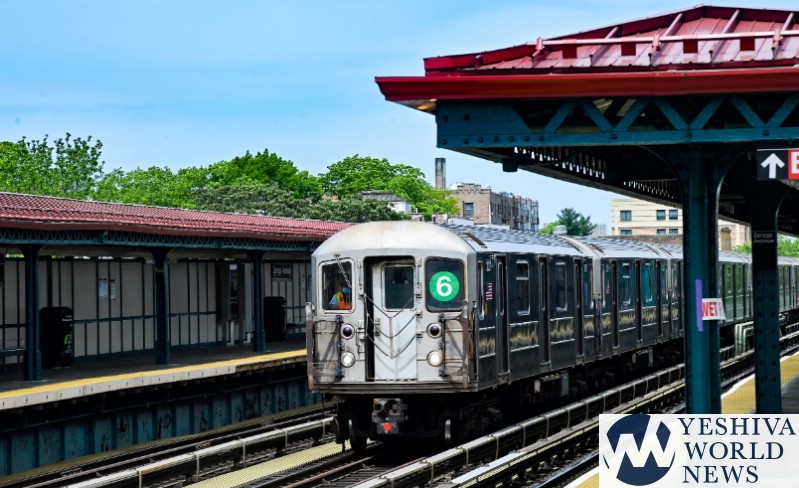


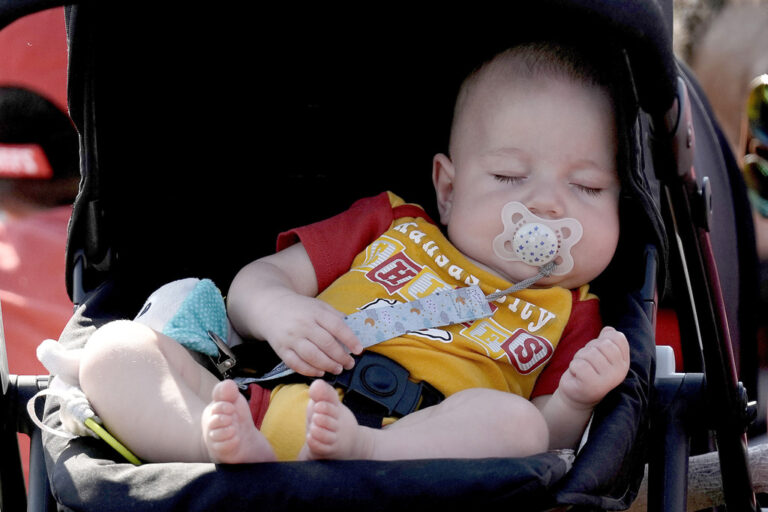


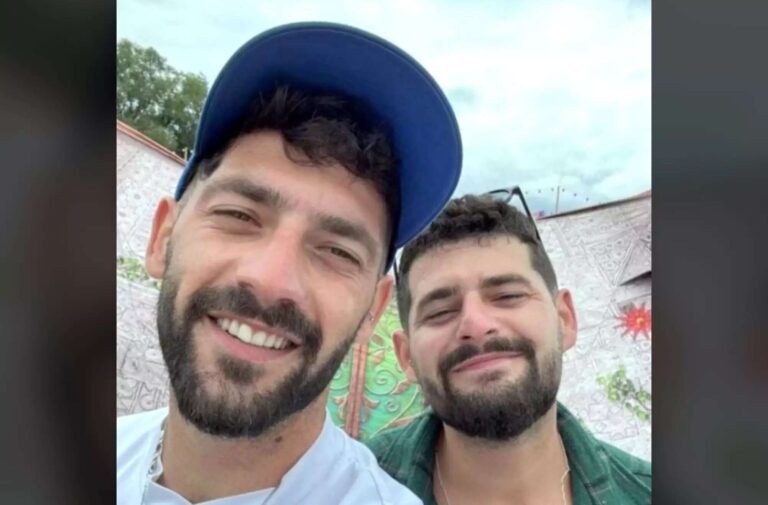

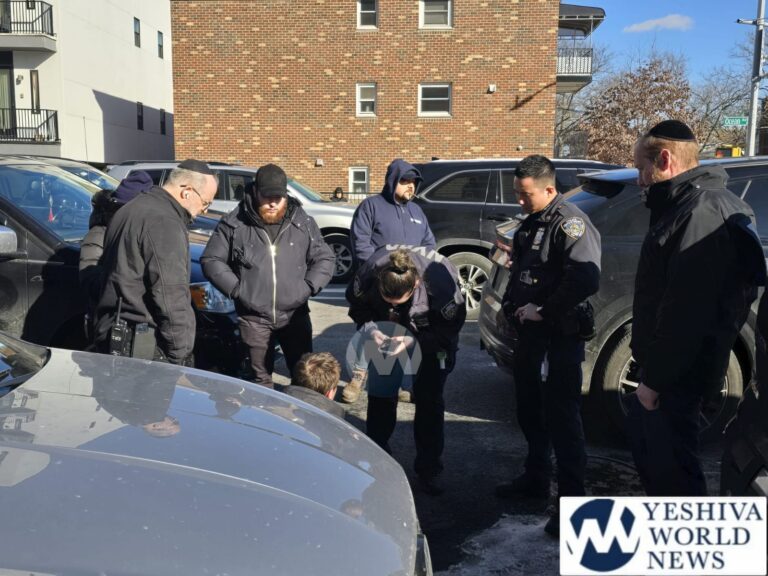

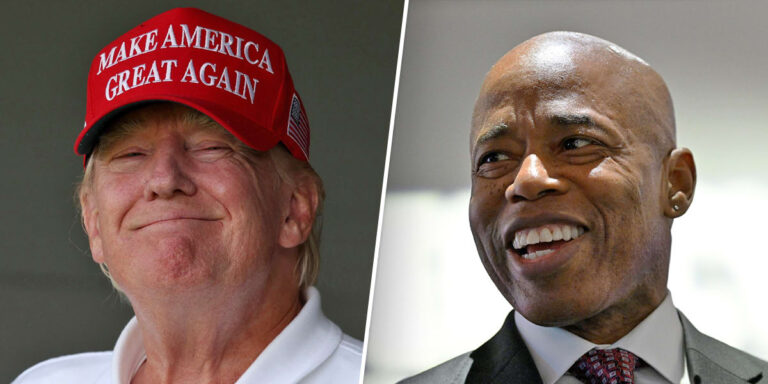
2 Responses
“Expanding fare subsidies for low-income individuals” , What a Chutzpah !!! Go to the N stop at 62nd & 17th Ave in Brooklyn , 1 chinese passenger ,pay’s ,thru the regular turnstile , open’s the handicap gate , & 30 people enter w/o paying !!!! And the people paying tolls on the bridges ,& tunnels should subsidize the MTA !!!
There need to be extremely severe penalties for fare evasions:-
1) Massive Colossal fines, of staggering proportions;
2) Automatic prison time
3) Automatically banned for life from utilizing MTA, which means requiring fingerprint machines upon entering subways & buses.
4) Any fare evaders who in anyway threatens someone who tells them off for not paying, automatically get a criminal record & prison time, in addition to being banned for life from ever utilizing MTA.
5) All fare evaders automatically have 10-15% of their salary garnished to MTA, and if under 18, their parents salaries also automatically garnished for MTA.